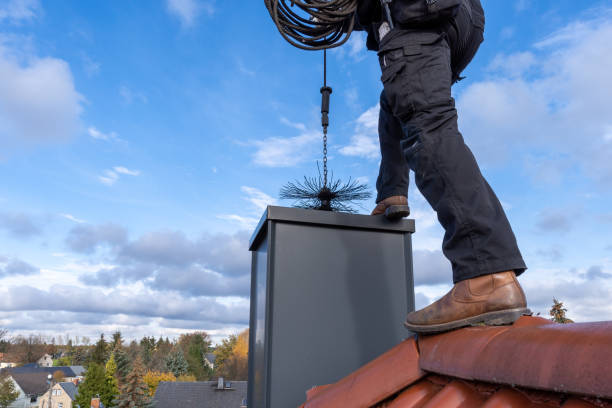A radiator is a device used to keep a room or bathroom warm. Radiators are essential for any home that wants to maintain comfortable temperatures in the winter and summer.
Benefits
Radiators work by transferring heat from the surrounding environment into the room or bathroom. This allows the room or bathroom to stay warmer longer than if it were not using a radiator. A radiator is an important part of any home that has a bathroom. It helps keep the bathroom warm by transferring heat from the house to the radiator. Radiators come in different sizes and shapes, so they can fit into any bathroom, for example, vertical column radiators 1800mm. Radiators keep your home warm in the winter by releasing heat into the room. Radiators keep your home cool in the summer by releasing cooled air into the room.
Types of Radiators
Radiators are a necessary component in any home with a hot water system. There are three main types of radiators: forced air, convection, and radiant. Forced air radiators blow heated air into the room through a fan. Convection radiators work by heating the air as it passes over hot coils. Radiant heaters use light to warm the room indirectly.
The three main types of radiators are convective, radiant, and forced air. Convective radiators use hot air to heat the space around them, while radiant heat comes from light bulbs or the sun. Forced air radiators use fan blades to move heated air around the radiator.
Convective Radiators:
These radiators work by transferring heat through the air. Convective radiators are usually located in the center of a room and heat the room as well as the walls around them. They are best suited to rooms that don t have much insulation, such as living rooms and bedrooms.
Convective radiators are a popular way to transfer heat through the air. This type of radiator uses the principle of convection, which is when heat is transferred from a hotter area to a colder area. This type of radiator works by transferring heat through the air, as opposed to using water or oil as in traditional radiators.
Radiant Heat Radiators:
They use light to heat up the air. Radiant heat radiators use light to heat up the air. They work by bouncing the light off of surfaces like the ceiling or walls and then absorbing the energy that is released. This method is much faster than traditional heating methods and doesn’t produce Greenhouse Gases. Radiant heat radiators use light to heat up the air.
Forced Air Radiators:
These radiators use a fan to circulate the air. There are a few types of forced air radiators. The most common is the fan-forced air radiator. This uses a fan to circulate the air. The other type is the propeller forced air radiator. This uses propellers to circulate the air. Natural Ventilation Radiators These use a fan to move the air around. They are not as efficient as other types of ventilation systems and have to be used in conjunction with other ventilation methods. Passive Cooling Radiators These use either the natural convection or forced convection method.
Buying a Radiator:
Choosing a radiator can be overwhelming for those new to the market. There are so many variations of radiators in terms of types, sizes, and prices to choose from.
- When choosing a radiator, the most important factor to consider is the size of your room. Radiators come in different sizes based on the heat they need to dissipate. Make sure you know the dimensions of your room so you can buy the right size radiator.
- Another important aspect to consider is the type of heating system you have. Radiators come in two main types: mechanical and electronic. Mechanical radiators use fans to move heat around and are best for rooms that don’t get too hot or cold.
Installing a Radiator:
When it comes to installing a radiator, there are few different methods that use. Have their set of advantages and disadvantages. So it’s important to choose the one that’s right for your situation. Below are some installation methods you can consider:
- Installing a Radiator Directly on the Wall: This is the simplest installation method and done yourself if you have some basic plumbing skills. Just locate the studs in the wall and attach the radiator directly to them using screws or bolts. Ensure the radiator is level and plumb before screwing it in place.
- Installing a Radiator Over an Existing Drain Pan: Finally, if you don’t have access to studs or if you want to save space, you can install a radiator over an existing drain pan.










Leave a Reply